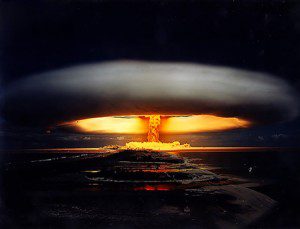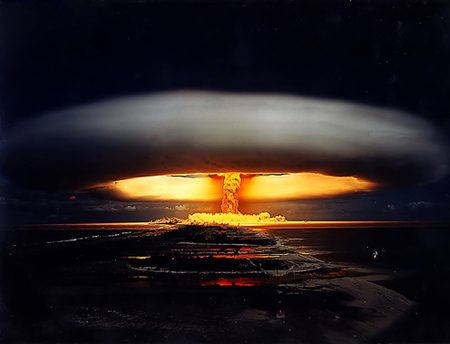The Government Accountability Office (GAO) published a new report on subject materials,
GAO-12-512T.
 This report address a long standing issue of the hazards associated with safety and security of very dangerous radiological materials use in hospitals and research labs across the nation. There is significant concern about the lack of security measures found at these sites. These concerns existed well before the 9/11 terrorist attacks and more so since. Our concern peaked at the time of the U.K. MI5 revelations on terrorists seeking these materials as ½ of the dreaded “dirty bomb†at the same time they identified physicians willing to be suicide bombers and suffered terrorist attacks from Islamic extremist physicians MDs. This was perceived by the U.K. as a potentially potent combination. In America, at least 25% of physicians are Foreign Medical Graduates (FMGs), a large percentage of whom have unrestricted access to equipment with dangerous amounts of cesium-137 and cobalt-60, in many cases without proper background checks, a higher level of vigilance is required.
This report address a long standing issue of the hazards associated with safety and security of very dangerous radiological materials use in hospitals and research labs across the nation. There is significant concern about the lack of security measures found at these sites. These concerns existed well before the 9/11 terrorist attacks and more so since. Our concern peaked at the time of the U.K. MI5 revelations on terrorists seeking these materials as ½ of the dreaded “dirty bomb†at the same time they identified physicians willing to be suicide bombers and suffered terrorist attacks from Islamic extremist physicians MDs. This was perceived by the U.K. as a potentially potent combination. In America, at least 25% of physicians are Foreign Medical Graduates (FMGs), a large percentage of whom have unrestricted access to equipment with dangerous amounts of cesium-137 and cobalt-60, in many cases without proper background checks, a higher level of vigilance is required.
According to MI5 reports, separating the two became a priority action, hardening or removing the equipment and restricting access to the equipment.  The Defense Science Board report in 2007 characterized the “Cesium Cl containers†in use in 1,500 hospitals and research locations across the nation as the “low hanging fruit†ready to be used by terrorists as ½ of a “dirty bombâ€. This type of Improvised Nuclear Device (IND) could be exploded in place or stolen to be used at the pleasure of terrorist at a later time. It appears that government authorities are content with the status quo until 2025.
 This issue has been uncovered as a serious threat for several years, to quote the Defense Science Board’s 2007 recommendations: “Over 1,000 Ci (irradiators) or greater, exist in the United States today. Violation of any one of these sources could shut down 25 square kilometers anywhere in the United States for 40 or more years.”
This issue has been uncovered as a serious threat for several years, to quote the Defense Science Board’s 2007 recommendations: “Over 1,000 Ci (irradiators) or greater, exist in the United States today. Violation of any one of these sources could shut down 25 square kilometers anywhere in the United States for 40 or more years.”
The figure at left  shows a 25 square KM area laid on top of Manhattan, to provide an example of the potential damage.
The federal government has offered to “harden†these sites at federal expense but leaves it up to hospitals to volunteer for such protection. “Red Teamsâ€, friendly forces challenging the security of these sites, find that they are able to defeat existing weak defenses within in 5 minutes, and the report cites several instances of mobile, weakly-secured devices which could be expected to be removed with relatively little effort by a group intent on inflicting a huge amount of health-related and economic damage. We posit that Communities should be informed when their “hospital†chooses not to harden their site. This would give the community an opportunity to mitigate the potential effects of a terrorist event.
Jim
PS: Please cut and paste this message to Senator Akaka below, who was responsible the GAO report:
=-=-=-=-=-=-=-=-
Dear Senator Akaka,
Thank you for your work on the issue of unsecured radiological material in US Hospitals and Medical facilities. We urge you to work with the NRC to strengthen the voluntary guidelines in the GAO-12-512T report and help push the timeline forward, as 2025 is far too long to wait to close this gap in our National security.
Sincerely,
=-=-=-=-=-=-=-=-=






0 Comments